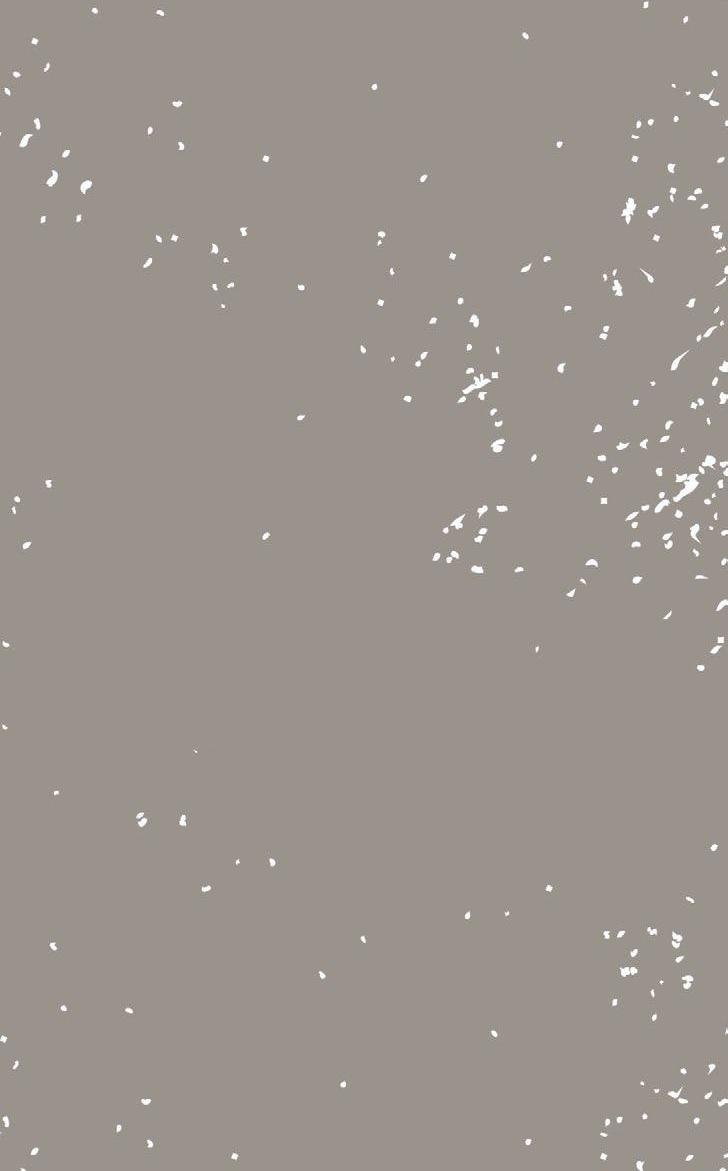
4 minute read
Museum collections as tools for studying climate change

Advertisement
The impacts of human-induced climate change are increasingly obvious, with increases in mean global temperature; more extreme weather; rising sea levels; and declines in ice at the poles, in glaciers and on mountains. Climate change is already disrupting a wide range of biological and environmental processes, at a wide variety of levels, from individuals to species, communities, ecosystems and biomes
Genetics: there is growing evidence that changes in phenology and morphology are the result of selection for particular traits, causing changes in gene frequency. Genetic diversity in some species (e.g. Chipmunks in the US and Garden Tiger Moths in the UK) has declined, and has been linked to the impacts of climate change.
Morphology: climate change has already been linked to reductions in body size in many animals, for examples birds, amphibians and fish; to changes in coloration due to selection for particular colour morphs in Tawny Owls; and mismatches in coloration in animals that change colour seasonally.

Phenology: climate change has been linked to shifts in the timing of many biological events, for example migration times; growing season and flowering time in plants; and emergence time of insects. Shifts in timing are overwhelmingly in the direction expected from climate change.
Distribution: rapid and major changes in the distribution of marine, freshwater and terrestrial species are already being observed around the world. Across land and aquatic ecosystems, species have expanded the edge of their range by 17km per decade on average. Marine species have expanded by 72km per decade. For example, Japanese corals have shifted their range by up to 14km per year for around 80 years. In many places, warm-adapted species are expanding, while cold-adapted species are retreating, both polewards and to higher altitudes. Climate change is predicted to alter many habitats globally, with serious implications for codependent species and biological communities, and people who depend upon them. Over the past 40 years, maximum range shifts vary from 200km (butterflies) to 1,000km (marine crustacea).
Population dynamics: large, often rapid, changes in abundance have been recorded for many species in recent decades. Many changes have been linked to climate change. Coral bleaching and die-off is a well-known example. In the Arctic, the Ivory Gull has declined by 80% in Canada since the 1980s; as this species relies on sea ice, which is declining, climate change is thought to play a part in this decline.
Interspecific relationships: species are dependent on other species for food and habitat, or, in the case of plants, for pollination and seed dispersal. Responses to climate change are not necessarily the same for different species, leading to mismatches. For example, this is already being seen in many bird species that are dependent on caterpillars to feed their young, leading to reduced breeding success, or shifts to poorer-quality habitat.

Museum collections can support an understanding of a wide range of biological consequences of climate change, for example:
Morphology: a major area that museum collections can support, for example changes in body size, shape, coloration, impacts of ocean acidification, annual and seasonal growth.
Genetics: changes in genetic diversity over time, changes in hybridisation and hybrid zones, changes in landscape-scale genetic patterns.
Physiology: disease susceptibility linked to climate change in plants and animals, e.g. the link between climate change and chytrid fungus in amphibians has been explored by studying chytrid presence/absence in historical specimens of amphibians in collections.
Phenology: another major area that museum collections can support, for example timing of migration, flower and seed production, emergence time of insects, from information on specimen labels and examination of specimens.
Population dynamics, e.g. recruitment, age
structure, sex ratio, abundance: yet another area museums can support, for example through the understanding of changes in population age structure over time.
Distribution, e.g. habitat quantity, range size,
range localisation: museums are an irreplaceable resource for understanding the distribution of animals and plants. Changes in distribution over time can often be well-exemplified from collections.
Interspecific relationships, e.g. synchronisation of timing, novel interactions (predation, competition), community composition, changes in parasitism and vector-borne disease. Museum collections can help explore e.g. the spread of disease agents over time. Changes in parasitisation of small birds by Cuckoos has been linked to timing mismatches and decline of Cuckoos. Shifts in community composition of birds, crustacea, butterflies and amphibians have all been linked to climate change.
Productivity (biomass, primary productivity): growth at different times can be studied readily from museum collections, and linked to productivity.


references: Kharouba, hm, Jmm lewthwaite, r guralnick, JT Kerr and m vellend (2018) using insect natural history collections to study global change impacts: challenges and opportunities. Phil. Trans. Roy. Soc. (B) 374: 20170405.
parmesan, c and g yohe (2003). a globally coherent fingerprint of climate change impacts across natural systems. Nature 421(2 Jan): 37–42.
pecl, g. et al. (2017). Biodiversity redistribution under climate change: impacts on ecosystems and human wellbeing. Science 355(6332): 1–9.
Scheffers, Br et al. (2016). The broad footprint of climate change from genes to biomes to people. Science 355(6313): aaf7671. https://doi.org/10.1126/ science.aaf7671









